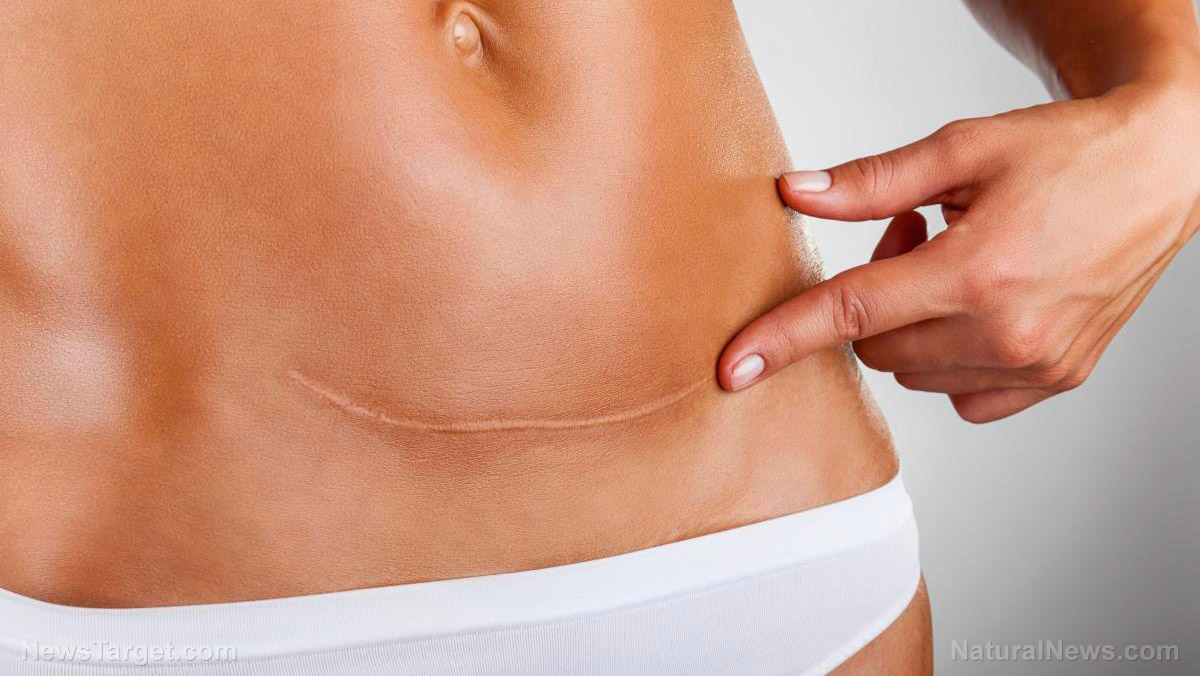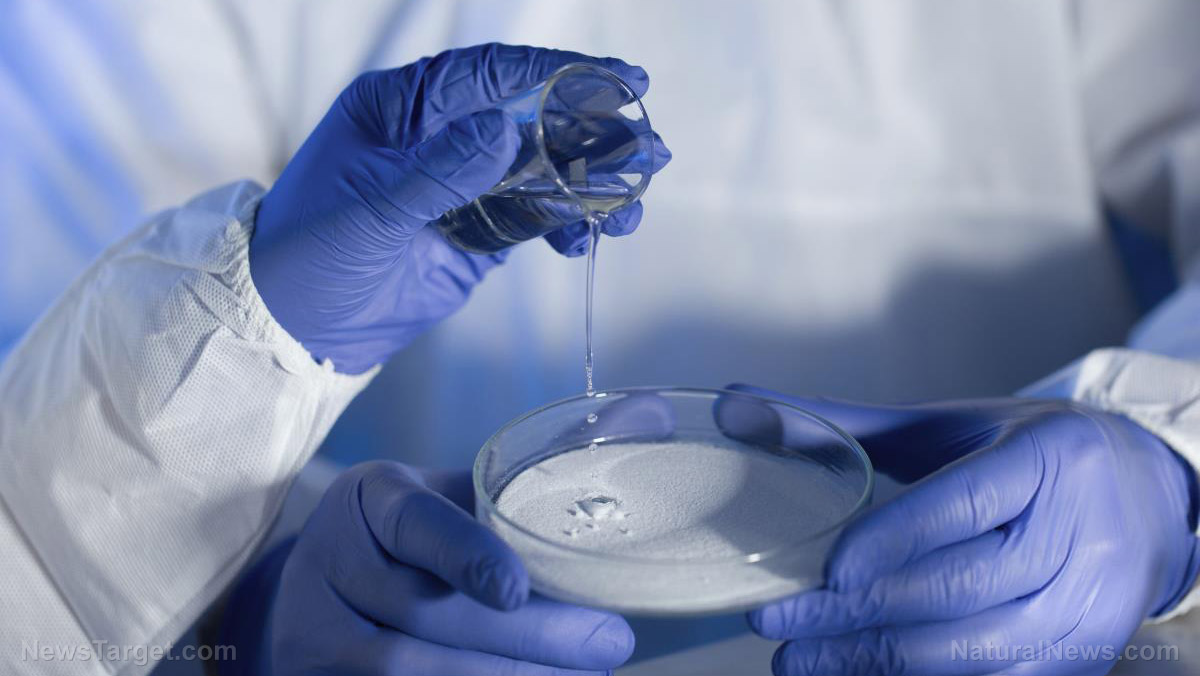
This is the result of a study conducted by a team of experts working together with George Cotsarelis, the chair of the Department of Dermatology at the University of Pennsylvania. Their study, published recently in the journal Science, looks into a potential method of turning scar tissue cells into normal skin cells, thereby preventing actual scar tissue from forming in the first place.
According to Cotsarelis, their method avoids the phenomenon of scarring altogether; rather, it makes skin regeneration occur. "Essentially, we can manipulate wound healing so that it leads to skin regeneration rather than scarring," he explained. "The secret is to regenerate hair follicles first. After that, the fat will regenerate in response to the signals from those follicles."
For some background, it's important to know that normal tissue is markedly different from scar tissue mainly because the latter doesn't have any hair follicles or fat cells. That is, normal skin tissue that regenerates over small wounds contains fat cells called adipocytes, which is basically the same as the skin you were born with. This means that freshly healed wounds with this type of tissue will eventually blend with your healthy skin tissue, making it looks as if you were never wounded in the first place.
Meanwhile, scar tissue is said to be made up almost entirely of a different kind of cell: myofibroblasts. Scar tissue doesn't contain any fat cells at all, and instead of blending with your normal skin tissue, it just ends up looking weirdly different. And the difference stays with you for life.
The same thing can be said for the rest of your skin as you grow older. With age comes an inevitable loss of adipocytes, which then leads to skin discoloration and wrinkles that can't be reversed.
For this research, scientists discovered that it's possible to convert myofibroblasts into adipocytes, which means that in the middle of healing, potential scar tissue on a wound could turn into regenerated skin instead. At first, this was a concept that was thought to apply only to fish and amphibians, but the study shows that it's possible for the same thing to occur in mice, and possibly humans as well.
According to Maksim Plikus from the University of California, Irvine, the discovery presents an entirely new option of treating wounds and preventing scarring from occurring. "The findings show we have a window of opportunity after wounding to influence the tissue to regenerate rather than scar," he said.
Typically, according to Cotsarelis, myofibroblasts aren't thought of as capable of turning into an entirely different type of cell. But the study conducted by the researchers shows that this couldn't be farther from the truth. In fact, Cotsarelis states, "they can be efficiently and stably converted into adipocytes."
For now, the results of the research are considered a proof of concept, as it has only been shown to work on human skin samples -- and that's markedly different from achieving similar results in an actual, live human being. But it shows great potential in skin care research, and soon it may be possible to heal wounds in ways that are practically indistinguishable from freshly healed natural skin.
Check out other useful remedies that can help assist natural healing in Remedies.news.
Sources include:
Please contact us for more information.























